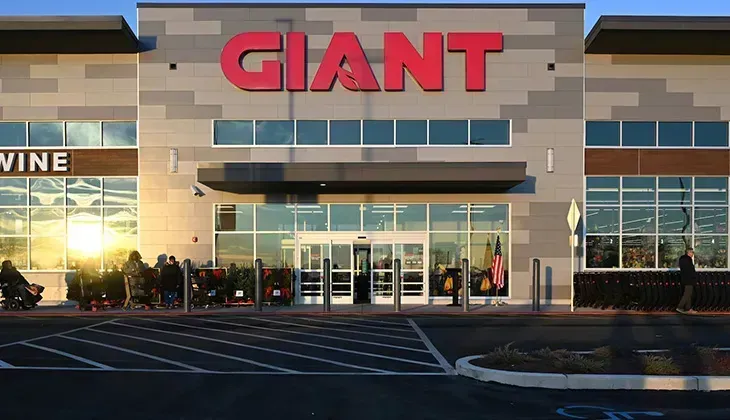Your neighborhood pharmacy is disappearing, and at the same time, it is expanding its geographic reach. News reports abound about drug stores closing brick-and-mortar locations throughout the country. AP News reports that more than 7,000 pharmacies have closed in the past five years, which has fueled the proliferation of telepharmacies.
Telepharmacy Technology
“Telepharmacies are a lifeline to patients with limited access to pharmacists,” said , assistant vice president of growth for Chetu, a global software solutions and support services provider. “They provide remote medication consultations and prescription fulfillment by leveraging information and communication technology to connect pharmacists with people.”
Vazirani, who has overseen a diverse health care portfolio at Chetu, including remote health, said developers can use various technologies to build a telepharmacy platform but now add the latest advancements in AI technologies to enhance the benefits provided.
“AI systems enable more personalization of patient care, while predictive analytics improve medication management,” he added. “Pharmacies can use Virtual and Augmented Reality for enhanced patient interaction.”

Vazirani said technologies that pharmacies are using include:
• AI/ML platforms that analyze vast amounts of patient data, identify potentially dangerous drug interactions, predict medication adherence, and develop personalized treatment plans.
• Real-time remote monitoring that identifies who picks up their medications at automated dispensing devices.
• Internet of Things (IoT) devices include smart pillboxes that can track medication adherence and wearables that monitor patients’ vital signs.
Vazirani said the advanced tech enables telepharmacies to create secure conferencing, messaging systems, and mobile apps, allowing patients to connect with a pharmacist anytime, anywhere.
The latest telepharmacy trends include integration with Electronic Health Records (EHRs) for seamless patient care coordination and Medication Therapy Management (MTM).
“While many people may think telepharmacies just provide prescription drugs to people in remote rural areas, it is part of the greater telehealth landscape to improve patient care,” Vazirani said. “Telepharmacies enable pharmacists to provide remote MTM, comprehensive medication review for patients, especially those with chronic conditions.”
Origins of Telepharmacies
Interestingly, the birth of telepharmacies grew out of the necessity to provide medication-related services in the 2000s in remote rural North Dakota communities, which had seen an “escalation” of pharmacies closing in the state.”
While telepharmacies originally served remote areas, other communities can benefit from this service. Brick-and-mortar pharmacies have been closing in “low-income and predominately Black, Latino, and Indigenous neighborhoods,” underscoring the need for telepharmacies in urban areas as well. Here is a closer look at how telepharmacies work:
• Pharmacy technicians and nurses are crucial in entering prescriptions and patient information to ensure accurate and prompt processing. Depending on the business model, the technicians, nurses, and pharmacists can work together or at different locations. The pharmacist then reviews and approves or rejects the prescription. Patients can receive their medication via mail, drones, centralized dispensing facilities, and remote dispensing kiosks or devices, often located in healthcare facilities without an on-staff pharmacist.
The Expanding Market Place
The telepharmacy sector is experiencing rapid growth, with major players like Cardinal Health and CarepathRx leading the way. However, traditional retail giants like Walgreens and CVS have been expanding into the telehealth sector that incorporate aspects of telepharmacies. Walgreens Virtual Healthcare (WVH) program allows customers in several states to access doctors or nurse practitioners via chat and video (for certain conditions). If medication is required, WVH will forward that prescription to a Walgreens pharmacy and deliver it the same day. Similarly, CVS Health Virtual Primary Care offers virtual visits with nurse practitioners, registered nurses, and licensed vocational nurses, who can consult with a CVS pharmacist to provide quality medication management.
Obstacles and the future
Although telepharmacies offer many advantages like increased healthcare access, Vazirani said the healthcare industry still has potential hurdles and some disadvantages to overcome, including:
• Different requirements in each state cause regulatory issues.
• Technology obstacles, specifically unreliable internet service in remote areas, and technical literacy.
• Security concerns for patient data and privacy.
Despite these challenges, telepharmacies have expanded access to underserved areas without sacrificing level of care. A CDC study “indicates that the quality of medication used at telepharmacies serving rural areas is similar to the quality provided through traditional pharmacies.”
In addition to its original purpose, telepharmacies now help healthcare facilities provide 24/7 service. “Implementation of a telepharmacy model in a multihospital health system increased access to pharmacy services, allowing for round-the-clock medication order review by pharmacists,” the American Journal of Health-System Pharmacy stated.
Vazirani said the future of telepharmacies appears bright as people become more accustomed to telehealth.
“Telepharmacies provide needed care to home-bound patients and underserved communities, such as remote prescription ordering, virtual consultations, and automated dispensing systems,” he said. “As with many industries today, advanced telepharmacy technology should have a transformative impact on healthcare access and the well-being of millions of people.”
For more info, go to https://bit.ly/3yJgfMb







